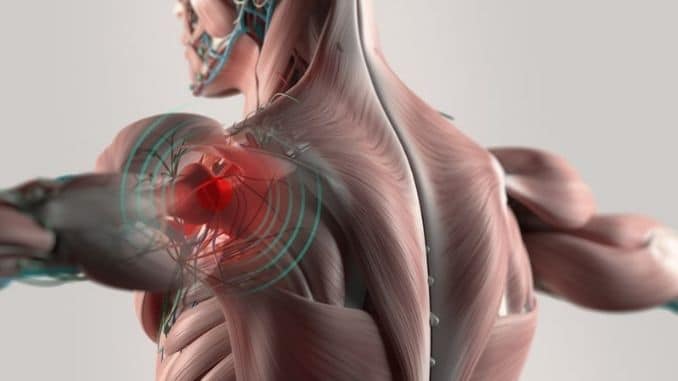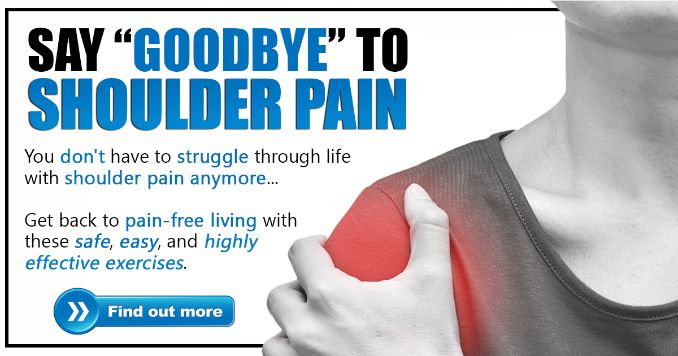Our daily habits and posture can greatly affect joint mobility in the shoulders, and over time, if we fall into mistakes that lead to shoulder pain it will cause poor movement patterns or our shoulders' range of motion decreases. In worst-case scenarios, we develop pain in the shoulder joints, scapula, and rotator cuff areas. Here are 5 things to be aware of daily and corrections you can make cause by doing mistakes that lead to shoulder pain.
1. Slouching and Rounded Shoulders
Incorrect Position:
Sitting and standing in a ‘slouched position' will round the shoulders. This position puts greater stress on the shoulder joints and decreases the range of motion. A rounded neck also puts greater stress on the rotator cuffs.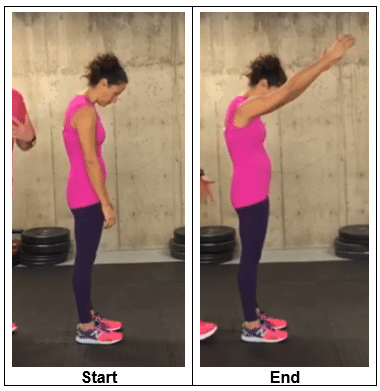
Correct Position:
Stand upright, maintaining good alignment with your head, shoulders, hips, and legs. This position allows for a greater range of motion and opens the shoulders, as it puts less stress on the rotator cuffs.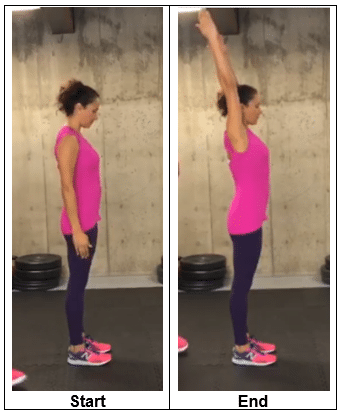
2. Ignoring The Mid Back
Slouching can attribute to stiffness and poor movement in the mid-back area. You need to focus on the mid-back to improve strength and endurance. Try back arches to open up the thoracic area. These movements will target the low back and mid back area. Having good mobility in the mid-back area will put less stress on the shoulder joints. Here’s a suggested exercise.
Back Arch
Begin in an upright standing position. Place your hands on your lower back or upper pelvis area. Engage your core and shift your hips forward, arching through your back. Hold this position for a couple of seconds. Return to the starting position and repeat the movement.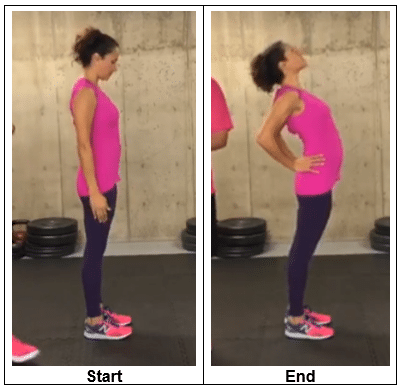
Back Arch
3. Just Doing Legs
While it's important to exercise the lower body, women often neglect the upper body, and as we age we lose strength in our arms, back, shoulders and core. You may want to incorporate some upper body pushing and pulling movements for your shoulder health. Here are some suggested exercises.
3A. Just Doing Legs- Push Up from Knees
Begin in a 4–point position with your knees under your hips and your hands beneath your shoulders. Move into a straight arm plank position, maintaining good alignment with your head, shoulders, hips, and knees. Pivot at your knees and bend your arms to lower your upper body, then straighten your arms to rise back up, completing the push-up movement. Repeat the movement.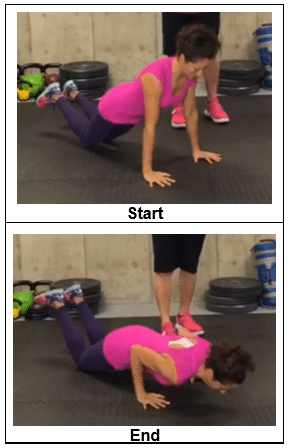
Push Up from Knees
Alternative Exercises:
3B – Wall Push Up
Stand upright with your hands against the wall, keeping your head, shoulders, hips, and legs in alignment. Move your feet back to increase the angle of your body. Bend your arms and lower your upper body towards the wall, then straighten your arms to complete a push-up. Repeat the movement.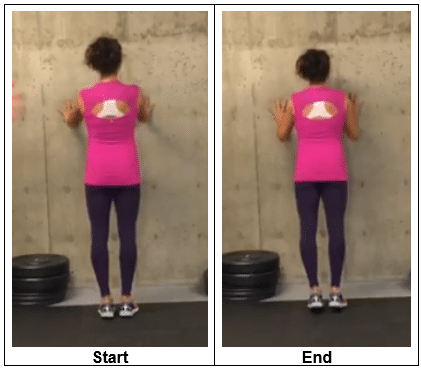
Wall Push Up
3B – Bent Over Row
Hold a dumbbell in each hand. Begin in an upright standing position with your feet shoulder-width apart, maintaining good alignment in your upper body. Bend your knees and hinge through your hips to lean your upper body forward. Engage your core and pull your arms back in a rowing motion, keeping your elbows 30 to 45 degrees away from your body. Lower your arms back down to return to the starting position. Repeat the movement.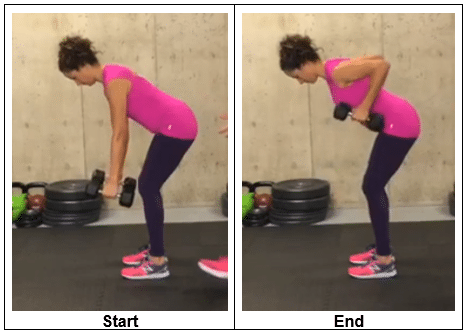
Bent-Over Row
4. Getting Your Hands Up
Throughout our day-to-day activities, most of our movement is below shoulder height. It is important to incorporate overhead reaching movements. When you raise your arms overhead, you work the muscles in your shoulder blades. As we age, it is important to maintain a good range of motion in our joints. Here is a suggested exercise.
Overhead Reach
Begin by standing with your feet shoulder-width apart, maintaining good alignment with your head, shoulders, hips, and legs. Extend your arms overhead. Engage your core and shift your hips forward, arching through your back. Hold this position for a couple of seconds. Return to the starting position and repeat the movement.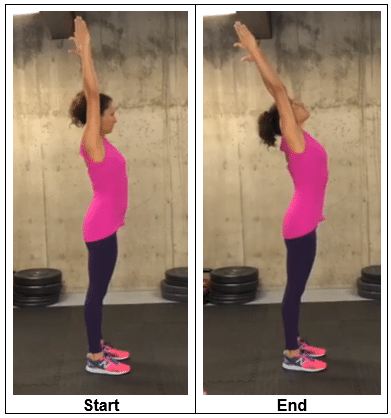
Overhead Reach
5. Work The Blades
The shoulder blades slide along the rib cage or thoracic spine. We want to make sure that we have good movement throughout the shoulders, but also activate the muscles around the shoulder blades. When we move the arms past 25 degrees, the shoulder blades are activated, keeping the rotator cuffs in ideal alignment and in the best position to avoid being overstressed.

Experience relief from shoulder pain today! Say goodbye to discomfort and hello to comfort with Shoulder Pain Solved. Take the first step towards a pain-free life now!

